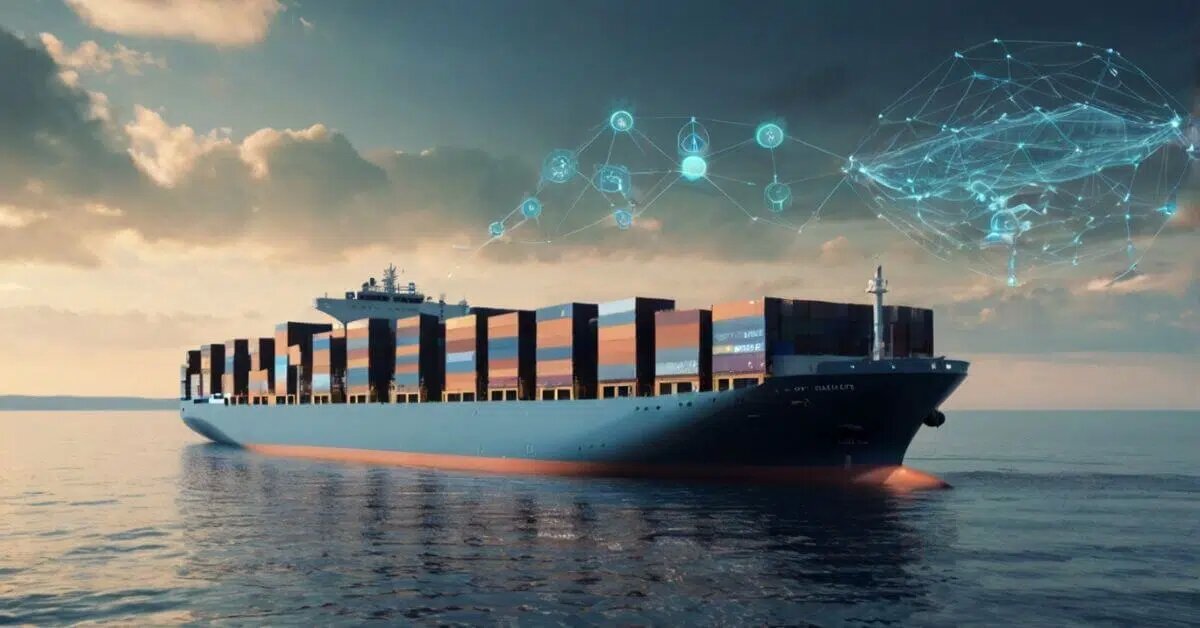Image : China MSA investigation report
When a container ship carrying everyday consumer goods sails across the oceans, we seldom stop to think that it may also be carrying chemicals with the potential to self-ignite and explode.
That is precisely what happened on 9 August 2024, when the YM Mobility, a Liberian-flagged container ship, suffered a fire and explosion while berthed at Ningbo-Zhoushan Port, China.
The incident, caused by a single container of tert-butyl perbenzoate (TBPB), destroyed cargo, severely damaged the ship, and resulted in direct economic losses of approximately 90 million yuan.
While no casualties were reported, the accident underscores how small lapses in handling dangerous goods can have catastrophic consequences.
At around 13:30 hrs, crew members noticed smoke and liquid leakage from a refrigerated container carrying TBPB, a hazardous Class 5.2 organic peroxide.
Within minutes, white smoke turned into thick plumes, and by 1346 hrs, the container exploded.
Several nearby containers disintegrated, others fell into the sea, and parts of the vessel’s hull and deck were deformed by the blast.
Emergency teams responded swiftly, deploying firefighting tugboats, chemical emergency vessels, and over 50 fire trucks. Thanks to timely evacuation and coordinated firefighting, the blaze was contained without loss of life.
The official investigation by China’s Maritime Safety Administration highlighted several contributing factors:
The report issued several safety management recommendations directed at both carriers and cargo shippers:
For carriers
For shippers
The YM Mobility case is not an isolated incident. Similar accidents involving organic peroxides, misdeclared cargo, or improper stowage have caused catastrophic fires at sea. The key takeaways for global shipping are clear:
The YM Mobility explosion serves as a stark reminder that one misjudgment in dangerous goods transport can threaten lives, assets, and supply chains.
The industry must heed the lessons: stronger risk assessment, stricter enforcement of IMDG rules, and smarter use of technology to safeguard maritime trade.
As global shipping grows more complex, the safety of crews, vessels, and cargo depends on every stakeholder taking dangerous goods management seriously, because when it goes wrong, as the YM Mobility shows, it goes wrong catastrophically.





